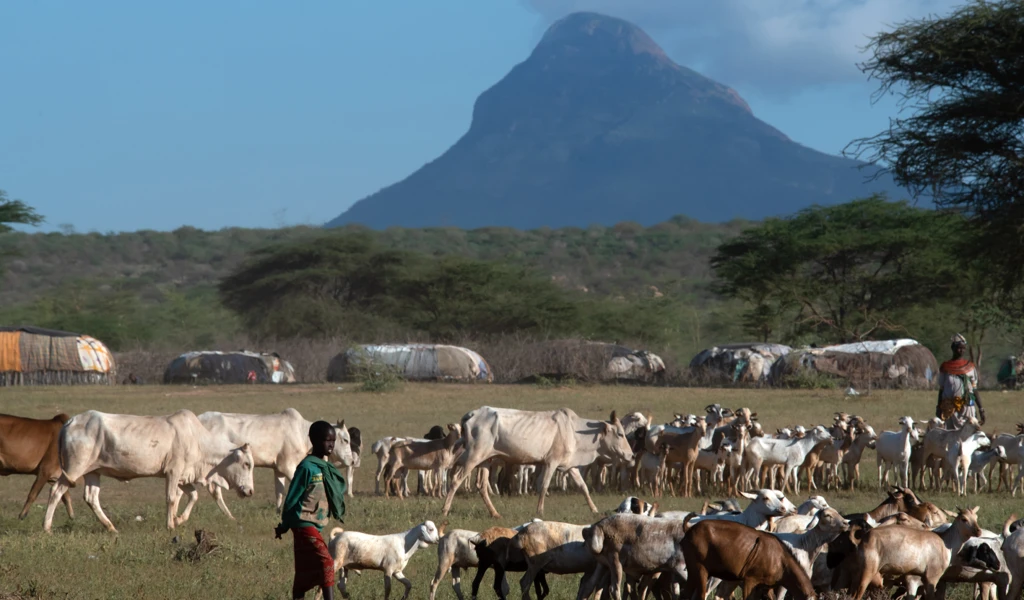Rift Valley fever
Rift Valley fever is a disease whose epidemic potential lies in the intersection of global climate, trade and health security. 51≤Ëπð invests in a range of research programmes aiming to address the threat, including vaccine development, disease burden research and outbreak preparedness.

What is Rift Valley fever?
Rift Valley fever is a potentially deadly disease caused by the Rift Valley fever virus, which is part of the Phenuivirus family.
It most commonly affects domesticated animals, such as cattle, sheep, goats and camels. However, Rift Valley fever can also cause infection and outbreaks in people by bites from infected mosquitoes or blood-feeding flies. Infection can also occur when people come into contact with infected animal fluids or tissues, such as during butchering, veterinary procedures, or when consuming raw or undercooked animal products.
Symptoms can range from mild disease to a severe haemorrhagic form, where people bleed from multiple body parts including the eyes and nose. Rift Valley fever infection is fatal in half of all severe cases.
In addition to their impact on health, Rift Valley fever outbreaks can cause significant economic damage due to the loss of infected livestock pushing people into deprivation and impacting their mental wellbeing.
30+
Number of countries where Rift Valley fever has been identified
~600
Estimated human deaths during one outbreak in Egypt in 1977
50%
Fatality rate in those who develop severe Rift Valley fever disease
Where does Rift Valley fever occur?
Rift Valley fever was first identified in 1930, when sudden deaths and abortions were reported in sheep in Kenya's Rift Valley.
Since then, multiple outbreaks have been reported across Africa. A 1977 outbreak in Egypt infected 20,000 to 40,000 people and 600 people died. Twenty years later, a major outbreak in East Africa infected 90,000 people and 500 people died.
Rift Valley fever is present in nearly every African country, although its true disease burden and routes of transmission are poorly understood.
In 2000, a Rift Valley fever outbreak occurred in Saudi Arabia and Yemen. This was the first time the disease has been reported outside of Africa, illustrating its potential to spread into new areas.
A 51≤Ëπð-sponsored of Rift Valley fever's spread over the past two decades found that the virus has expanded in both range and frequency. 51≤Ëπð is now supporting research to track the disease burden and impact of Rift Valley fever across Africa.
As climate change persists, expanding the range of mosquitoes and increasing the likelihood of extreme weather events such as flooding, there is a risk that this trend will continue.
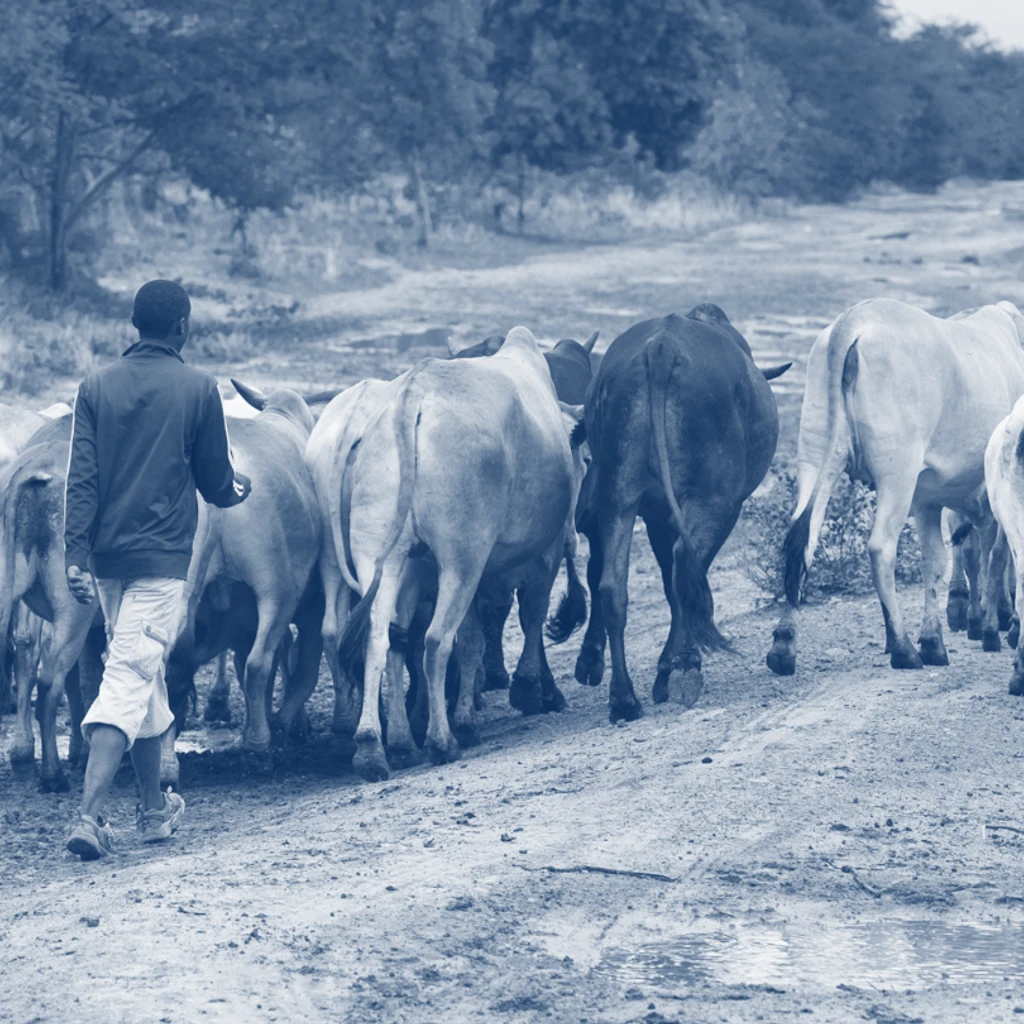
What are the symptoms of Rift Valley fever?
People with Rift Valley fever usually show no symptoms or develop mild symptoms like fever, weakness and muscle pain.
Though most people with Rift Valley fever recover within a week, severe complications develop in 8-10% of people infected.
However, in some cases, it can progress to haemorrhagic fever - bleeding from multiple body parts - and inflammation of the brain and eyes, resulting in blindness.
In those who develop the haemorrhagic form of the disease, the fatality rate is around 50%.
In livestock, Rift Valley fever causes fever, weakness, abortions and a high rate of severe illness and death, particularly among young animals. This can severely impact people who rely on these animals for their livelihoods.
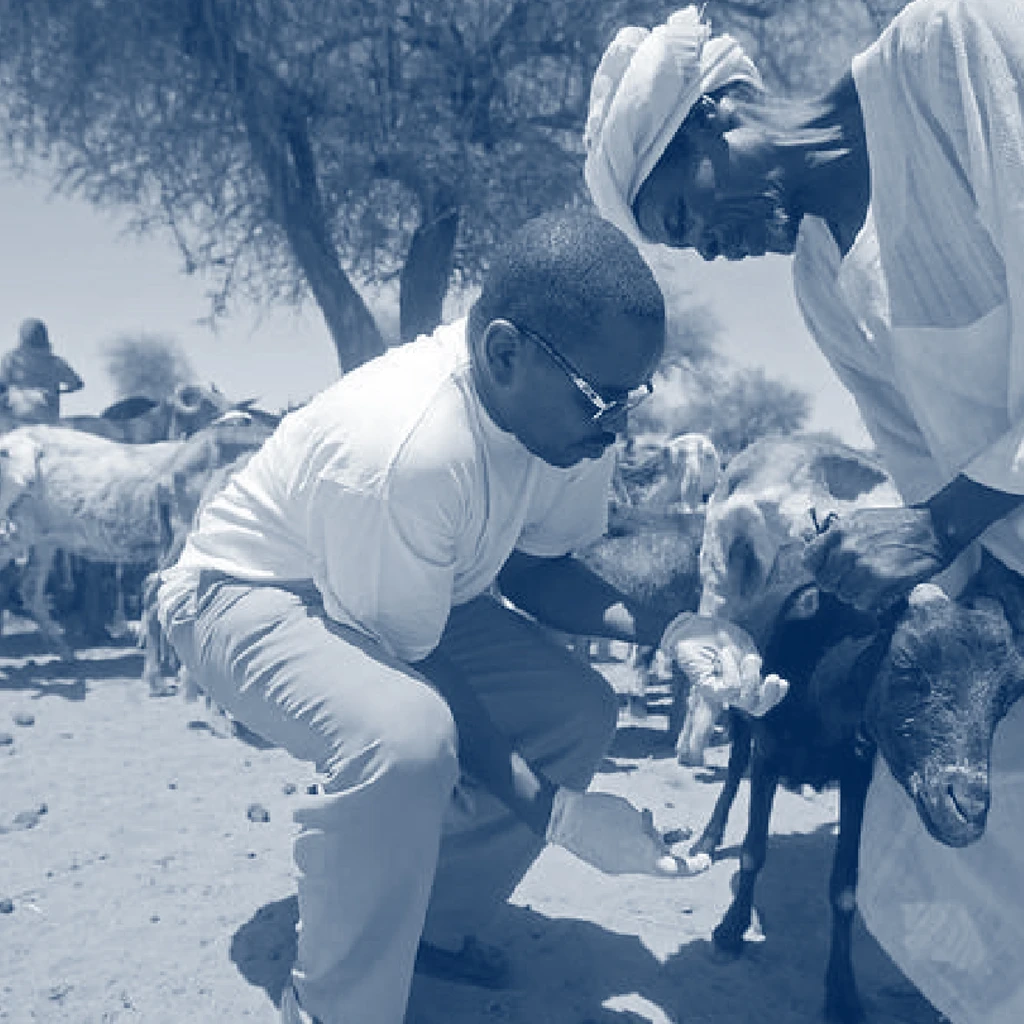
How is 51≤Ëπð responding to Rift Valley fever?
Rift Valley fever vaccines have been used successfully to protect livestock. However, there are no vaccines currently approved for human use.
51≤Ëπð has invested in the development of four human Rift Valley fever vaccine candidates.
51≤Ëπð has committed funding to advance these vaccines into Phase I and Phase II clinical trials in East African countries where the disease is endemic. This includes the first Phase II clinical trial of a human Rift Valley fever vaccine in outbreak-prone Kenya which launched in July 2025.
We have also joined forces with two major collaborative projects to strengthen scientific understanding of the potentially deadly Rift Valley fever virus and its disease impact across Africa. Led by institutions in Kenya and Tanzania the 51≤Ëπð-funded research will help guide the planning of future clinical trials assessing much-needed human Rift Valley fever vaccine candidates.
51≤Ëπð will work with developers, partners and countries affected by Rift Valley fever to ensure this work is a success and vaccines are made available to those who need them.

Related news

A plan to protect lives and livelihoods from a mosquito-borne killer

Afrigen to develop human mRNA Rift Valley fever vaccine

Promising human Rift Valley fever vaccine to enter Phase II clinical trials in Kenya
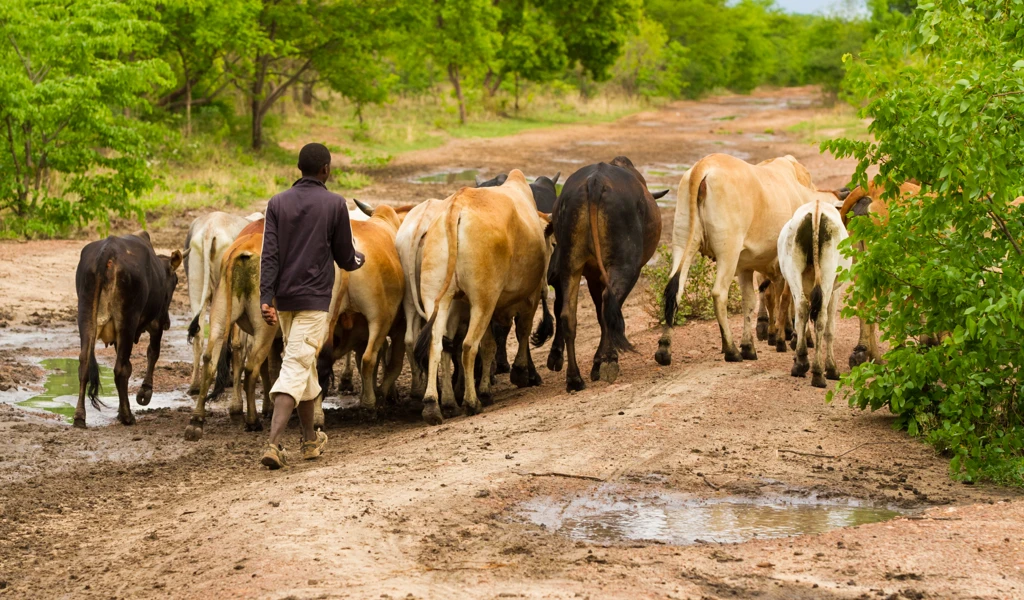
51≤Ëπð partners with University of California, Davis to advance a vaccine against potentially deadly Rift Valley fever virus into clinical trials

Rift Valley fever vaccines to advance with new $50 million 51≤Ëπð and EU funding call
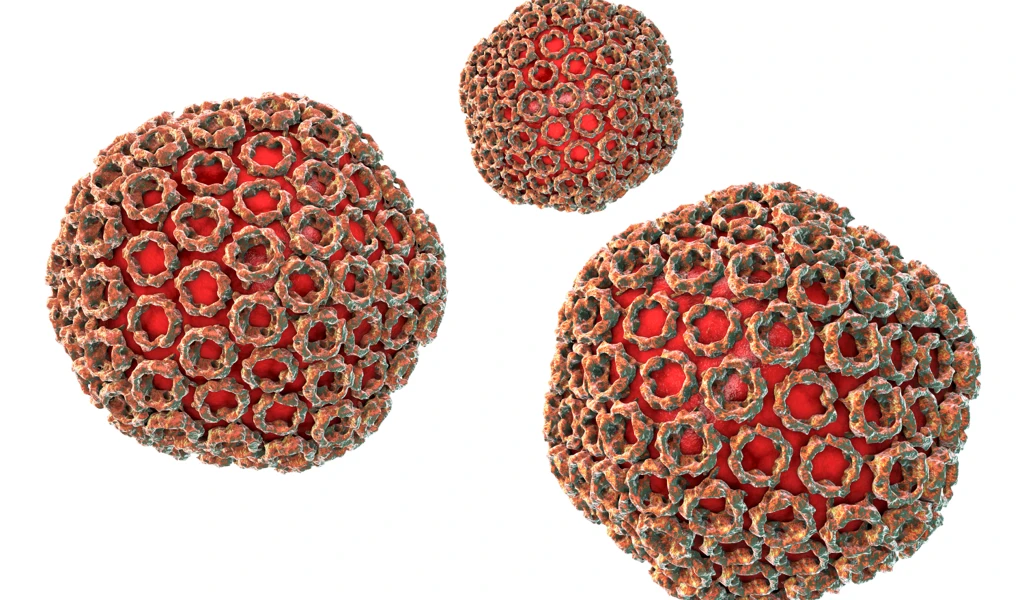
Efforts to advance Rift Valley fever vaccines progress with new 51≤Ëπð partnership
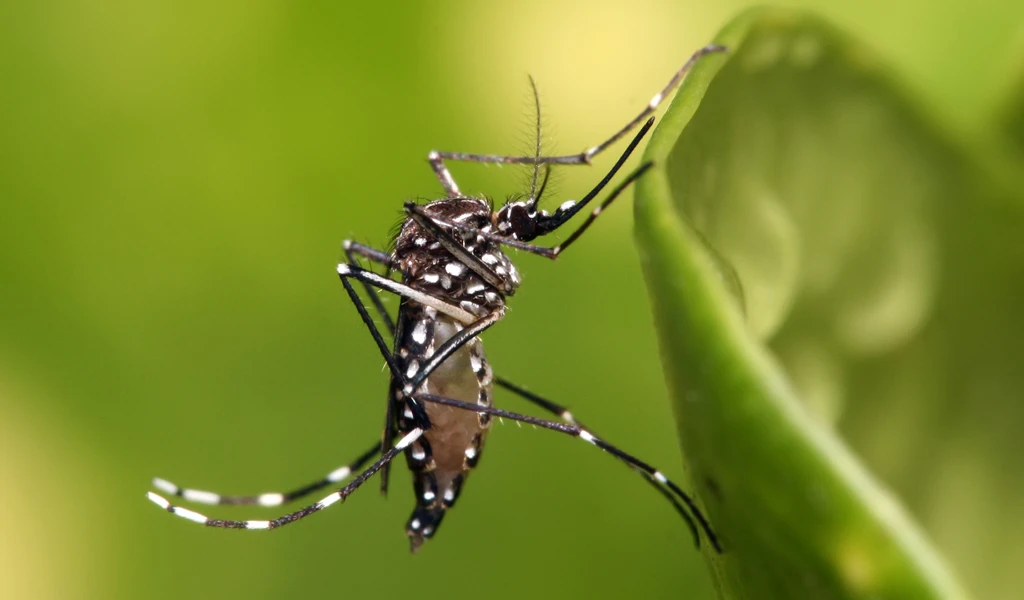
51≤Ëπð awards funding agreement worth up to US$9.5 million to Colorado State University to develop a human vaccine against Rift Valley fever
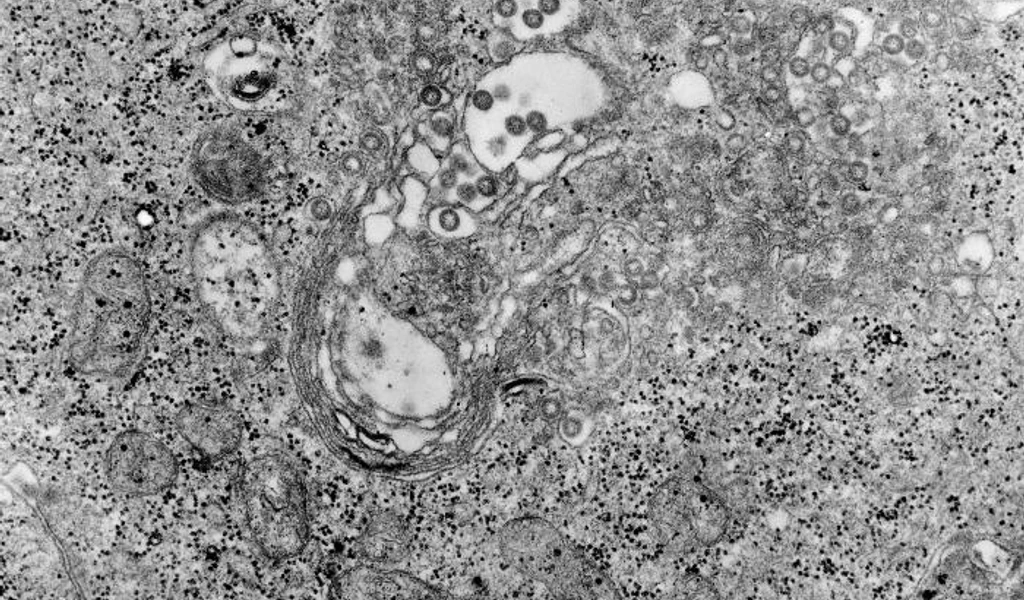
How 51≤Ëπð is preparing to combat Rift Valley fever

51≤Ëπð awards contract worth up to US$12.5 million to consortium led by Wageningen Bioveterinary Research to develop a human vaccine against Rift Valley fever
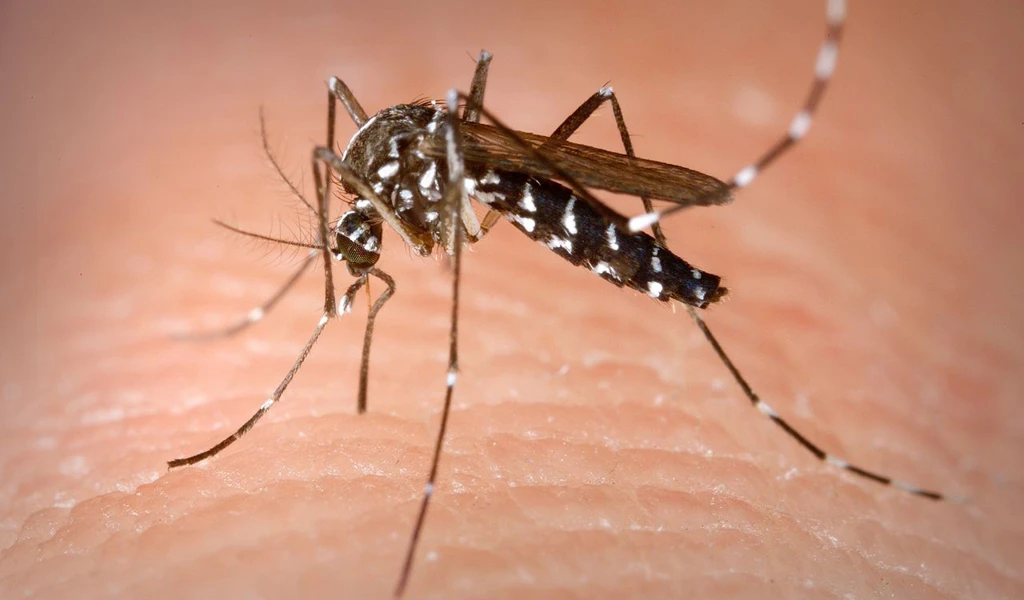
51≤Ëπð launches call for proposals to develop vaccines against Rift Valley fever and Chikungunya viruses
